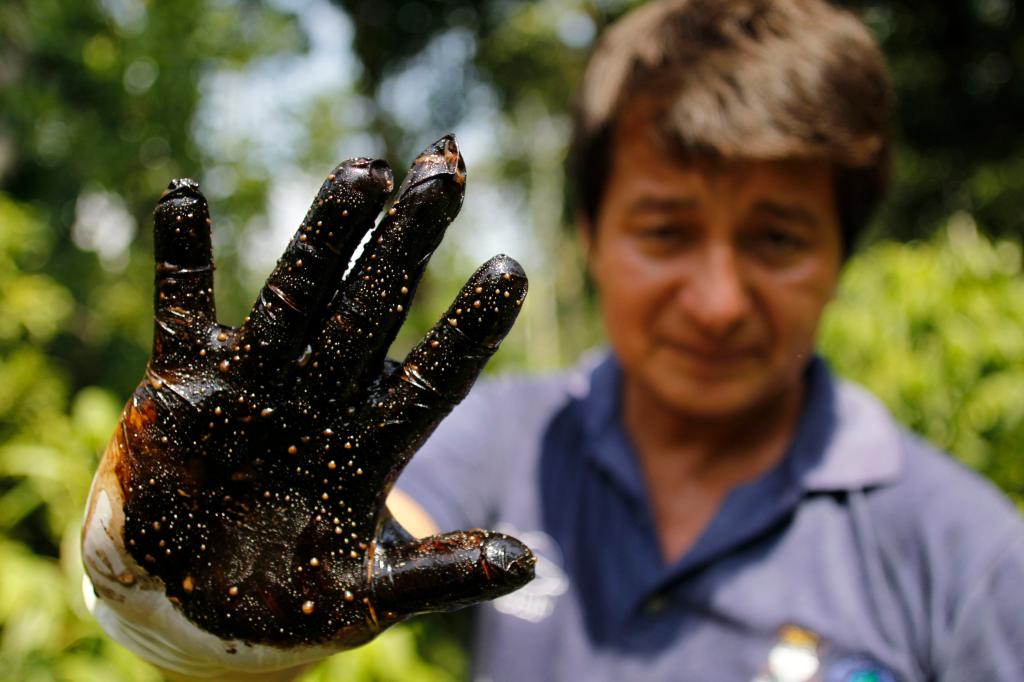We have a new competitor for the “worst place on Earth to be a coral!”
More than half of the coral reefs in the Maldives have been hit by a wave of bleaching this year, according to a new survey conducted by a team of researchers. Signs of bleaching were found in around 60 percent of the study area’s total number of corals — in some segments of the reef, the percentage of corals affected was as high as 90 percent. The biodiversity-rich area is home to some 3 percent of the planet’s corals.
The Maldives bleaching disaster is the latest battle in a three-year war on the world’s coral reefs. The attacking force? A deadly combo of record-smashing high ocean temperatures and the effects of a strong El Niño year. Bleaching is a phenomenon that happens when stressed, hungry corals expel the algae that give them their characteristically vibrant colors — just like you when you’re too late for the happy hour app special at Chili’s. It’s most recently made headlines by turning the Great Barrier Reef, the world’s largest collection of corals, ghost-white.
Ameer Abdulla, the research team leader and a senior adviser to the International Union for the Conservation of Nature (IUCN), told the Guardian that the study’s results were “alarming,” adding that the bleaching is likely to only get worse.
Think the Maldivian corals have it bad? Consider the tiny nation’s 400,000 human citizens. The low-lying chain of islands has been hit so hard by climate change and rising sea levels already that it’s been making plans to relocate its own citizens — making Maldivians some of the world’s first climate refugees.
So … can our coral reefs survive climate change? Watch our video to learn more.



